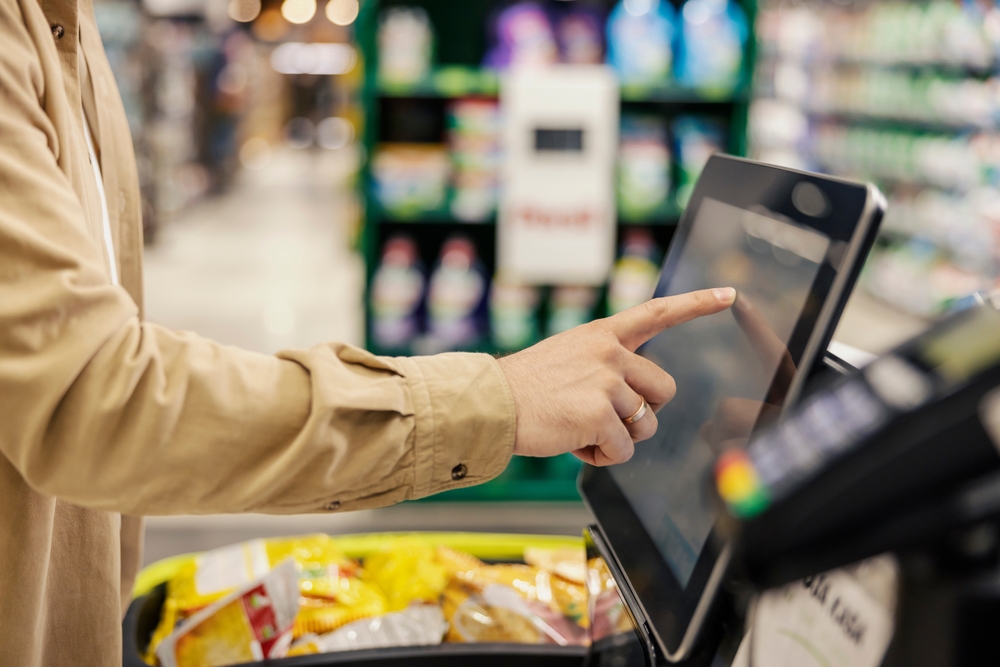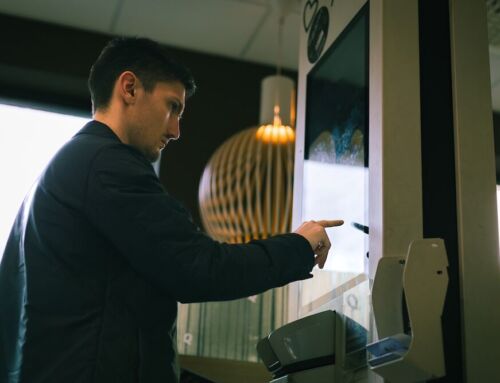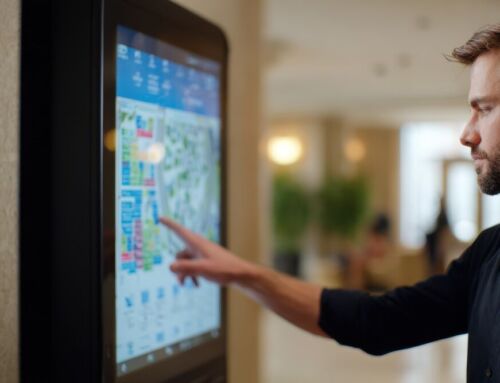Self-service checkout can nowadays be considered a mature technology, especially in the hyper-accelerated terms of digitisation. One of the original use cases for kiosks, self-checkout is now a familiar point of sale option across retail, hospitality, leisure and entertainment, travel and many more sectors.
One of the reasons why self-checkout – and self-service kiosks in general, for that matter – have reached a point of such widespread adoption is because the technology has proven adept at being adapted to different needs. The self-service checkout you use in your local supermarket, for example, is noticeably different to the order-and-pay consoles you find in fast food restaurants, or the ticketing machines in cinemas.
Versatility has gone hand-in-hand with the rapid evolution of kiosk technology, an ongoing process we are still very much in the middle of. So with that in mind, what’s next for self-checkout? Here are a couple of trends we see shaping the self-service checkout experience in the near future.
AI Scanning
One of the central selling points of self-checkout technology is that it offers consumers a smooth, frictionless checkout experience. But for some people, conventional bar code scanners used on kiosks to identify items don’t live up to that expectation. And let’s face it, we’ve all been in the situation where an item doesn’t scan in a supermarket self-checkout aisle and we have to wait for assistance.
The next generation of scanning technology will seek to put that right. Instead of laser or infra-red, the latest solutions are exploring the use of computer vision AI. Computer vision software doesn’t need barcodes at all, instead recognising items from a straightforward camera image. A big attraction is the ability to ‘scan’ an entire basket of items at once from a single camera feed, creating a close-to-instant experience.
Identity-Based Checkout
Consumers are used to having accounts with all the different online retailers they shop with. Many are also members of loyalty schemes run by retailers both on and offline. Both can create added friction at checkout, however. We all know the frustration of forgetting your log-in details just when you are about to complete a digital purchase. And a frequent complaint about loyalty schemes is having to remember to take your card with you when you head in-store.
Biometric technology is changing all of that. The ability to instantly recognise a person at point of sale from a fingerprint or facial scan doesn’t just have the potential to transform checkout. It has far-reaching implications for retail overall, not least in bringing online and offline shopping even closer together.
By adding biometric data to customer accounts, customers can enjoy seamless checkout both on their own devices or at a kiosk in-store. All you need for biometric recognition is a camera and the right software. Biometric payments could even replace the need to carry a payment card/mobile wallet or input payment details. With personal biometric data linked to an individual’s bank account, for example, all it would take is a scan to authorise payment.




